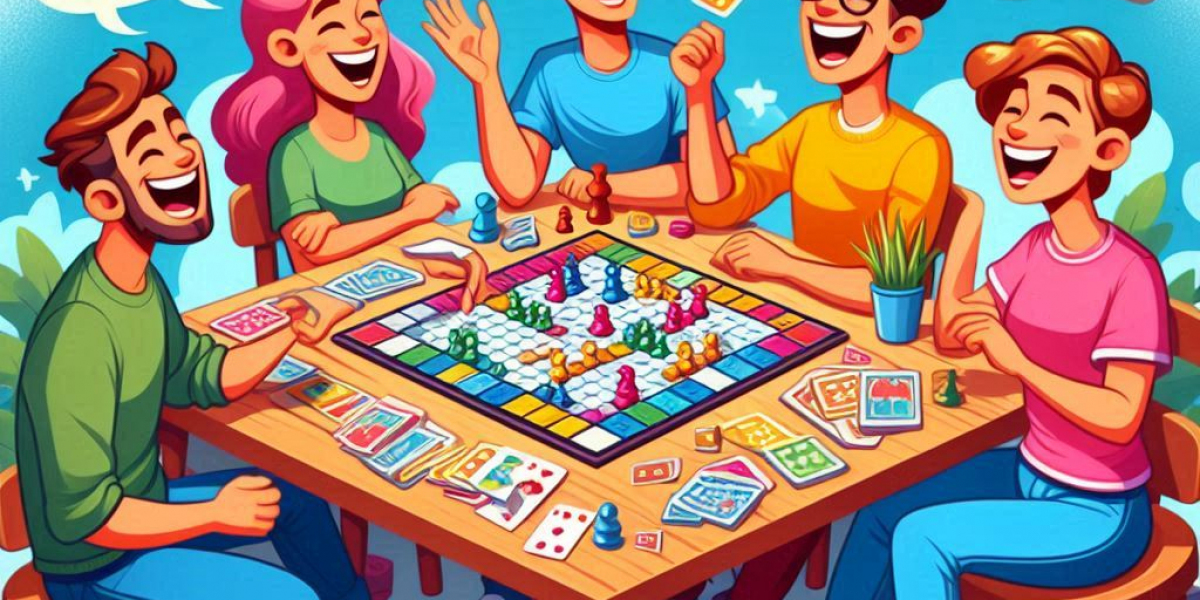Over time, the game underwent several modifications, leading to the version we know today as Ludo. Ludo Chakka became internationally popular, particularly in Western countries, during the colonial period. In the UK, the game was patented in 1896 under the name "Ludo," and since then, it has been widely played across different parts of the globe.
Basic Components of the Game
The ludo chakka game is typically played with 2 to 4 players, although it can sometimes accommodate more. The game board consists of a square with a cross-shaped pattern, with each arm of the cross containing three columns of squares. The center of the board is often marked as the "home" area, where each player begins.
Each player is assigned a color: red, yellow, green, or blue, and is given four tokens of their respective color. Players will start from the "starting square" of their color and attempt to move their tokens along the board, following the rules of the game.
Ludo Rules Explained
The rules of Ludo are simple, but they can get competitive as the game progresses. Here’s a general breakdown of how to play:
- Starting the Game: Each player begins by rolling a die to determine who goes first. The player with the highest roll starts, and the turns then proceed in clockwise order.
- Rolling the Die: Players take turns rolling a single six-sided die. The roll determines how many spaces the player can move their token. If a player rolls a six, they get an extra turn.
- Moving Tokens: Players move their tokens clockwise around the board according to the number they roll on the die. A player must move a token onto the board from their home area to the start when they roll a six. Tokens can only advance after they leave the home area.
- Capturing Opponents’ Tokens: One of the most exciting aspects of Ludo Chakka is the ability to capture opponents’ tokens. If a player's token lands on the same square as an opponent’s, the opponent’s token is sent back to their home area, and they must start again.
- Safe Zones: On the board, there are special "safe" squares, usually marked by a star. If a player’s token lands on a safe square, it cannot be captured by other players.
- Finishing the Game: A player wins the game by being the first to move all four of their tokens from their home area to the center of the board, known as the "home column" or "finish line."
The Importance of Strategy in Ludo Chakka
While Ludo Chakka is a game of chance due to the dice rolls, it also involves a fair bit of strategy. Players need to carefully decide when to move a token out, when to send an opponent’s token back to the starting area, and how to protect their own tokens from being captured.
Here are a few strategic tips that may improve your chances of winning:
- Start Moving Early: The sooner you get your tokens out of the home area, the better. If all of your tokens are stuck in your home, you cannot take advantage of any opportunities to capture opponents or protect your own tokens.
- Focus on One Token: Initially, focus on advancing one token rather than trying to move all your tokens at once. This way, you can quickly reach the finish line with one token and focus on moving others afterward.
- Use Safe Squares: Take advantage of safe squares to prevent your tokens from being captured. If you can strategically position your tokens on these squares, you can avoid unnecessary setbacks.
- Capture Opponents’ Tokens: If you have the chance, capture your opponents’ tokens to send them back to their home area. This will slow them down and give you a better chance of winning.
The Global Appeal of Ludo Chakka
The simplicity and excitement of ludo rules have made it a universal game, enjoyed by people of all ages and backgrounds. It has transitioned from being a royal pastime to a popular game in homes, schools, and parks across the world. Many people still play Ludo in its traditional form with a physical board and dice, while others enjoy digital versions of the game on smartphones and computers.
Digital platforms have helped bring the game to a wider audience, allowing players to compete against others online or play solo against AI. The availability of online multiplayer Ludo games means that players from different parts of the world can connect and enjoy this classic game.
Conclusion
Ludo Chakka is much more than just a game of luck. It brings people together, teaches strategic thinking, and provides a fun way to spend time with friends and family. Whether you're playing it on a rainy afternoon or in an online tournament, the game continues to captivate people worldwide with its simplicity and excitement.
By understanding the ludo rules and learning the ins and outs of the game, players can enhance their skills and enjoy a more competitive experience. The game’s rich history and global appeal make it a timeless choice for anyone looking for a fun and engaging board game.









